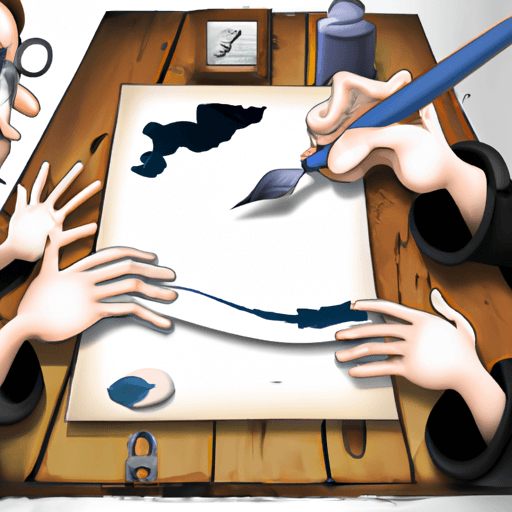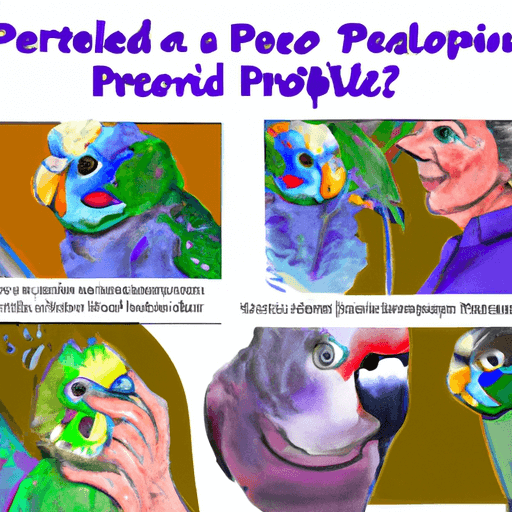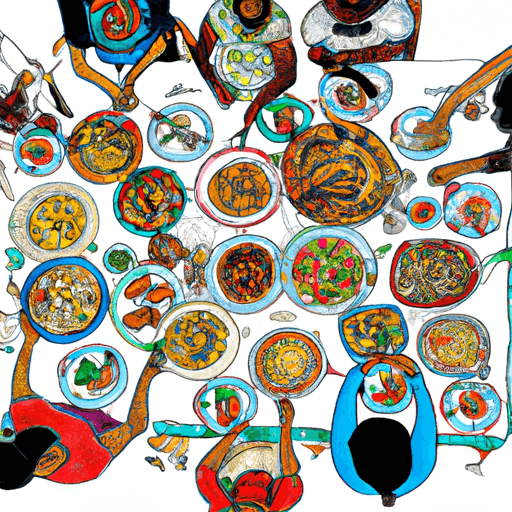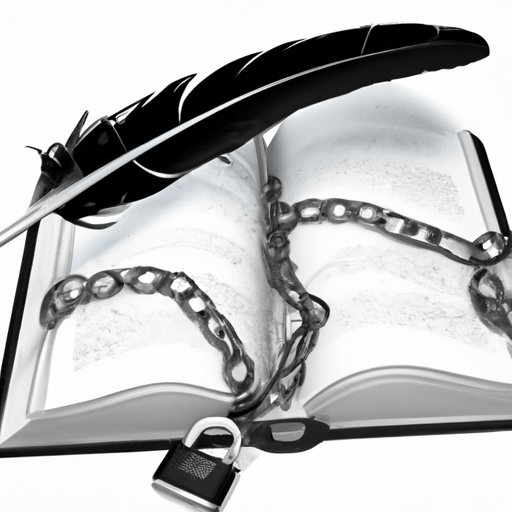Censorship and Freedom of Expression in Literature: An In-depth Analysis
Historical Context of Censorship
Censorship in literature is an enduring phenomenon. Historically, censorship has been implemented to suppress dissent or criticism against the government, and enforce societal norms and mores. Censorship of literature has taken various forms such as banning, expurgating, or even burning books. From the banning of Plato’s work by the Christians in the 5th Century AD to the prohibition of Arundhati Roy's 'The God of Small Things' in India for criticisms against caste system, censorship in literature has a long history.
Evolution of Censorship in Literature
Censorship has evolved significantly throughout history, adapting to new literary forms and sociopolitical contexts. With the advent of digital platforms and self-publishing, the landscape of censorship has radically changed, calling into question its relevance and effectiveness.
Impact on Authors' Rights and Reader Experience
Censorship can infringe upon the writer's right to freedom of expression, hampering their creative and philosophical vision. For readers, censorship can be limiting, denying them the opportunity to engage with diverse perspectives and narratives.
Censorship in the Contemporary Literary Scene
Despite the changes in publishing, censorship continues to persist in various forms. In some cases, censorship has been justified in the face of hate speech, misinformation, or graphic content. However, this has opened up debates over the limits of freedom of expression and the power of gatekeepers in determining what constitutes acceptable content.
Freedom of Expression in Literature
Freedom of expression is a fundamental pillar in literature. It enables authors to articulate their thoughts, ideas, and experiences without fear of suppression or reprisal.
Limits of Freedom of Expression
While freedom of expression is vital, it is not absolute. There are demarcations defined by law, particularly when it pertains to matters of hate speech, libel, or obscenity. Defining these boundaries, however, is often contentious and culturally dependent.
Case Studies
A notable example of censorship is Ray Bradbury's 'Fahrenheit 451', wherein he envisages a dystopian future where books are outlawed and burned. Ironically, 'Fahrenheit 451' itself faced numerous censorship attempts since its release. Another case is Salman Rushdie's 'The Satanic Verses', which invited global controversy, leading to its banning in several countries and a fatwa being issued against Rushdie.
Standpoint on the Ongoing Debate
Ultimately, the debate between censorship and freedom of expression in literature is complex and multidimensional. While the need to curtail hate speech or harmful content is understandable, this should not compromise an author's right to freedom of expression or a reader's right to access diverse narratives. A delicate balance must be struck to uphold democratic values and freedom, and negotiate the power dynamics inherent in control over content.

















Comments
Leave a Comment